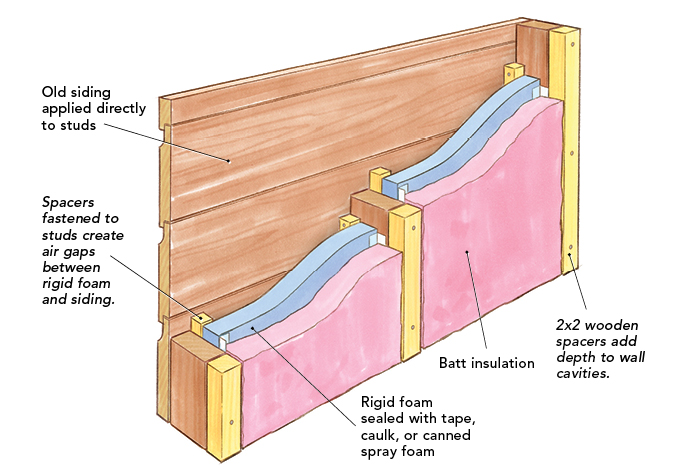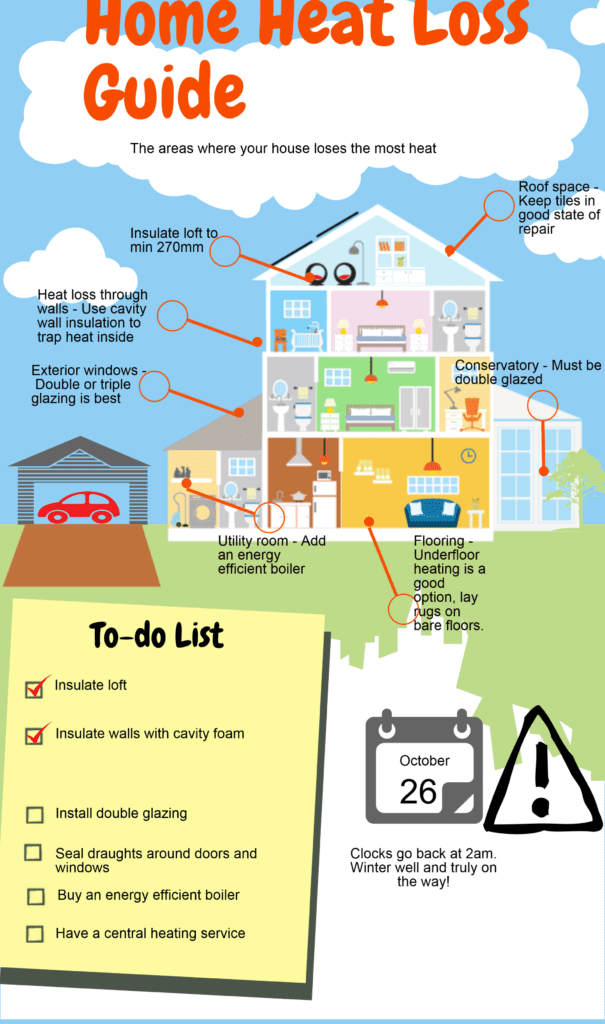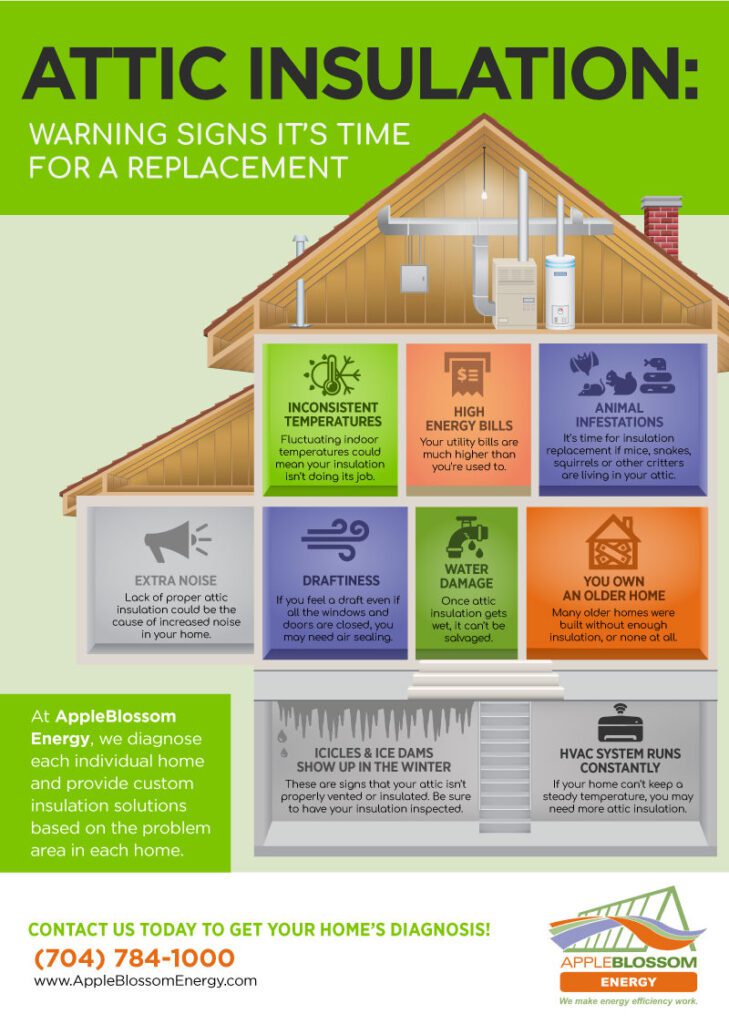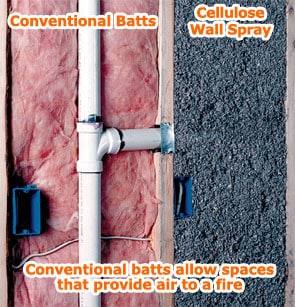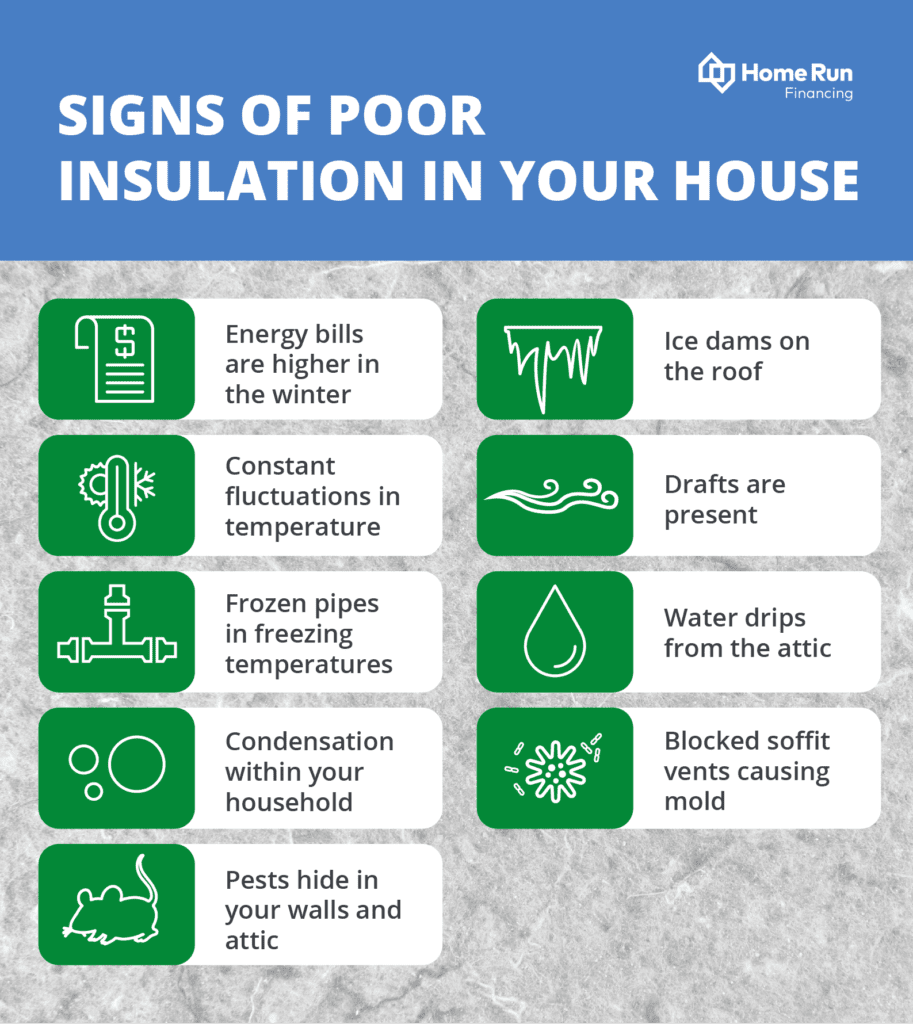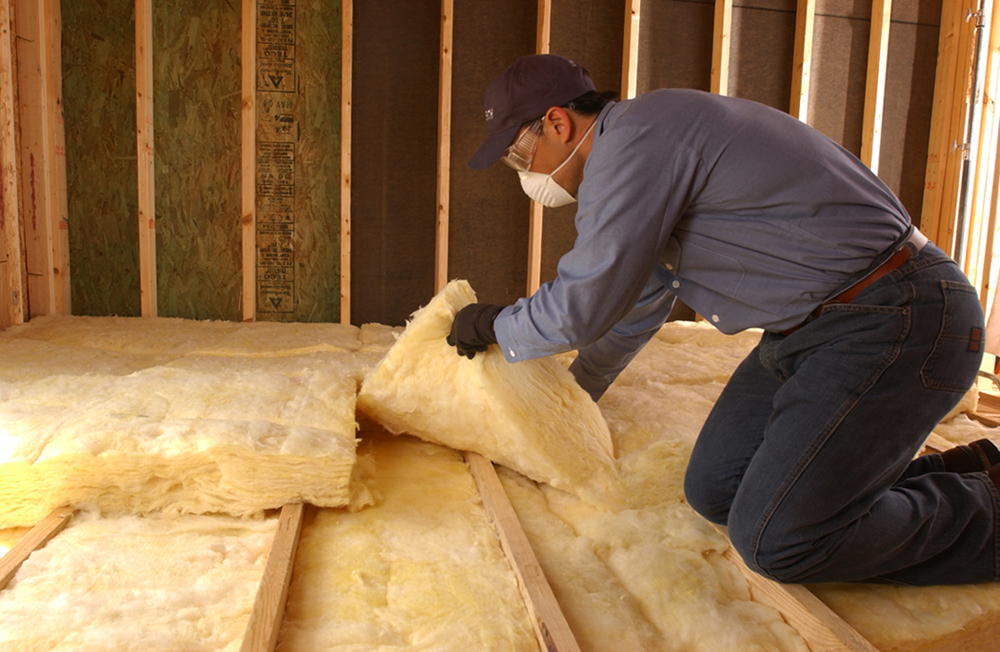Imagine walking into a room on a chilly winter day, only to find that the walls seem to let in the cold air, leaving you shivering. It’s a frustrating experience, but one that can be easily avoided if you know how to identify whether or not there is insulation in the walls. In this article, we will explore some simple yet effective methods that can help you determine if your walls are lacking this vital layer of protection, allowing you to keep your space warm and cozy all year round. So, let’s dive in and arm yourself with the knowledge you need to ensure insulation is where it should be!


Visual inspection
When it comes to determining if there is no insulation in your walls, a visual inspection is a good place to start. There are several key things you can look for during this process.
Looking for gaps or cracks
One of the first things you should do is visually inspect your walls for any gaps or cracks. Insulation is designed to fill these areas, so if you notice any openings, it could indicate a lack of insulation. Pay close attention to corners, around windows and doors, and along the baseboards.
Checking for exposed wiring
Another telltale sign of missing insulation is exposed wiring. Insulation serves as both a thermal barrier and protection for electrical wires. If you see any wires that are not covered by insulation, it could indicate that there is no insulation in the surrounding walls. It’s important to address exposed wires as they can be a safety hazard.
Identifying cold spots
During your visual inspection, it’s important to keep an eye out for cold spots. These are areas on your walls that feel noticeably colder than the rest of the room. When there is no insulation, heat transfer occurs more easily, causing certain areas to feel colder to the touch. If you consistently notice cold spots on your walls, it may indicate a lack of insulation.
Noticing condensation or mold growth
Condensation and mold growth can also be signs of insufficient insulation. When warm indoor air comes into contact with the cold walls, condensation can form. This excess moisture can eventually lead to mold growth. If you see any signs of condensation or mold, it’s worth investigating further to determine if there is a lack of insulation contributing to the problem.
Thermal imaging
Thermal imaging is a valuable tool that can provide a more accurate assessment of insulation in your walls. While it may require the expertise of a professional or the use of specialized equipment, it can offer a clearer picture of your insulation situation.
Understanding thermal imaging
Thermal imaging uses infrared technology to measure surface temperatures and identify temperature variations. By using a thermal imaging camera, you can easily detect areas of heat loss or areas where insulation is lacking. This non-contact method can provide visual evidence of insulation gaps or areas with inadequate insulation.
Hiring a professional
If you’re not familiar with thermal imaging or don’t have access to the necessary equipment, it may be beneficial to hire a professional to conduct a thermal imaging inspection for you. Professionals experienced in thermal imaging can accurately assess your walls, identify potential insulation issues, and provide recommendations for improvement.
Renting or borrowing a thermal imaging camera
Alternatively, if you’re comfortable operating a thermal imaging camera yourself, you may consider renting or borrowing one. Many home improvement stores and equipment rental companies offer thermal imaging cameras for rent. By conducting your own thermal imaging inspection, you can save on inspection costs and have more control over the process.


Drilling test
A drilling test can help determine if there is insulation present within your walls. While this test does involve drilling small holes, it can provide definitive evidence of insulation or lack thereof.
Preparing for the test
Before proceeding with the drilling test, it’s important to prepare the area where you plan to drill. Remove any wall coverings, such as wallpaper or baseboards, to access the bare wall surface. This will ensure accurate results from the drilling test.
Drilling holes in the wall
To conduct the drilling test, use a small drill bit to make a series of evenly spaced holes in the wall. Ideally, these holes should be made near the bottom of the wall and spaced several feet apart. Once the holes are drilled, observe any debris that comes out. Insulation fibers or other insulation material in the debris would indicate the presence of insulation, while the absence of such material suggests a lack of insulation.
Analyzing the results
After completing the drilling test, carefully examine the debris collected from each hole. If you find insulation material, it confirms the presence of insulation in your walls. However, if the debris consists mainly of dust or drywall fragments, it suggests that there is little to no insulation. Analyzing the drilling test results can help you determine if further insulation measures are necessary.
Electrical outlet test
Another method to determine if there is missing insulation in your walls is by conducting an electrical outlet test. This test focuses on checking the insulation around electrical outlets, which are common areas for insulation to be lacking.
Turning off the power
Before conducting any tests involving electrical outlets, it is crucial to turn off the power to the specific outlet or shut off the circuit breaker that controls it. This ensures your safety during the inspection process. Double-check that the power is off by using a voltage tester on the outlet.
Removing the outlet cover
Once you have verified that the power is off, gently remove the cover plate of the electrical outlet. Be cautious and use a screwdriver to carefully unscrew the cover plate. Set it aside in a safe place.
Using an insulated electrical tester
With the outlet cover removed, use an insulated electrical tester to touch the sides of the electrical box and the wires within it. If you feel a significant temperature difference between the box and the surrounding wall, it may indicate the absence of insulation. Insulation is designed to create a thermal barrier, so a lack of insulation can lead to noticeable temperature differences.
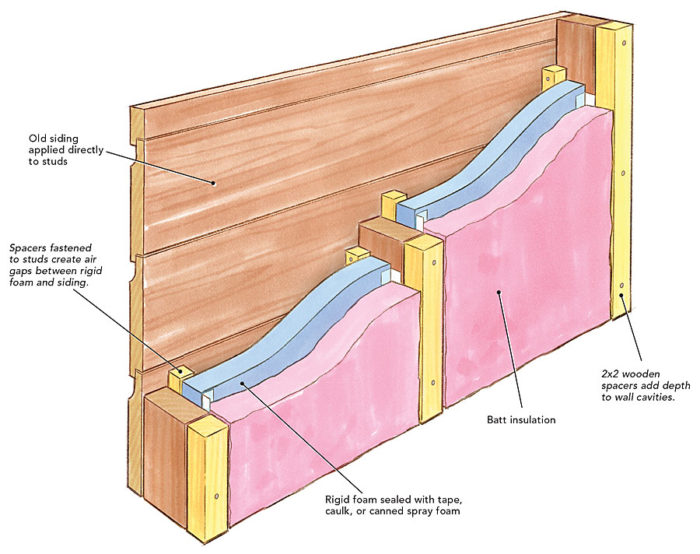

Sound test
While not as definitive as other methods, a sound test can help to determine if insulation is missing in your walls. This test relies on checking for sound transfer between different areas of your home.
Checking for sound transfer
To perform the sound test, choose a location where you suspect insulation may be lacking, such as a common wall between two rooms. Have someone remain on one side of the wall while you move to the other side.
Tapping on the wall
Once you are positioned on opposite sides of the wall, start tapping or lightly knocking on the wall surface. The person on the other side should listen for any sound transmitted through the wall. If they can hear the tapping clearly or if it sounds louder than expected, it suggests that there may be little to no insulation in the wall.
Listening for sounds from the other side
In addition to tapping on the wall, the person on the opposite side can also produce sounds, such as talking or playing music, at varying volumes. Pay attention to the sound transmission and how easily it can be heard through the wall. If the sound is highly audible or even distorted, it could indicate the presence of inadequate insulation.
Energy audit
An energy audit is a comprehensive assessment of your home’s energy efficiency. While it may not solely focus on insulation, it can provide valuable insights into different aspects of your home’s insulation and overall energy consumption.
Hiring a professional energy auditor
To conduct an energy audit, consider hiring a professional energy auditor. These individuals specialize in evaluating homes for energy efficiency and can offer detailed recommendations to improve insulation, heating, cooling, and other energy-related aspects. They will typically conduct a thorough evaluation of your home’s insulation, including walls, attic, and other areas.
Conducting a DIY energy audit
If you prefer a more hands-on approach, you can conduct a DIY energy audit. This involves systematically evaluating various energy-related aspects of your home, including insulation. Look for areas where drafts are present, such as around windows, doors, and outlets. Assess the overall heat retention capabilities of your home and identify any potential insulation issues.
Interpreting the findings
Whether you choose to hire a professional energy auditor or conduct a DIY energy audit, it’s important to interpret the findings accurately. Look for patterns or consistent results across different evaluation methods. If insulation deficiencies are identified, consult with professionals or refer to DIY resources to determine the best course of action for addressing the insulation needs of your home.
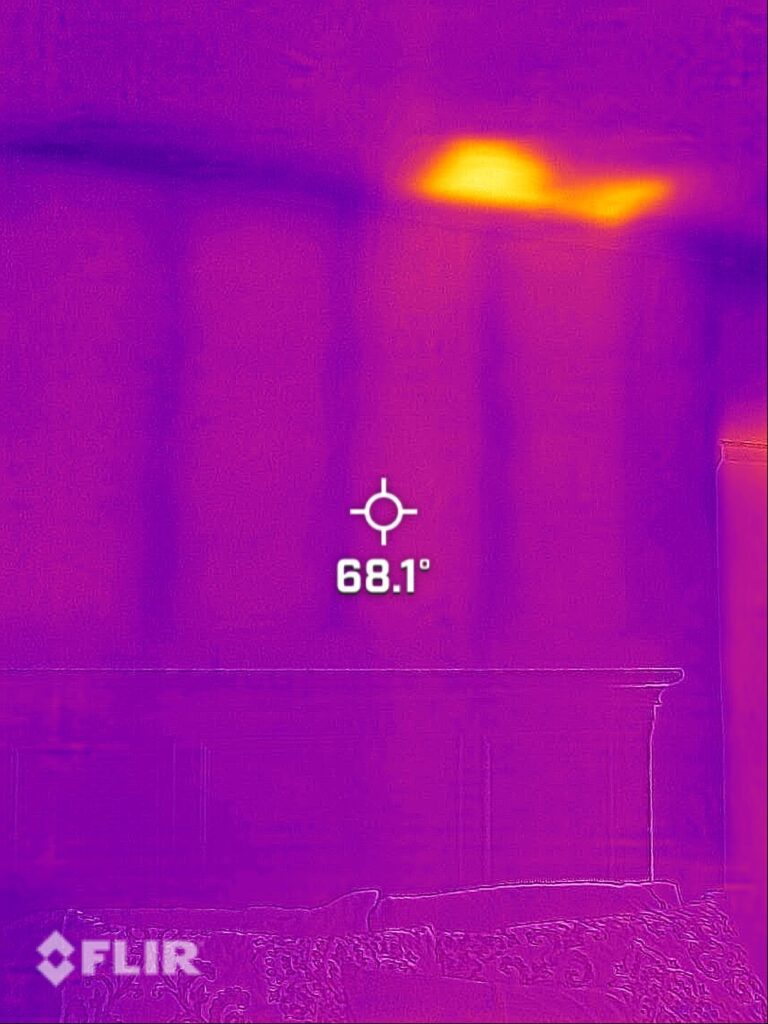

Removing wall covering
If you are unsure about the insulation in your walls, removing wall coverings can provide a clearer view of the construction and potentially reveal existing insulation.
Peeling off wallpaper
If your walls are covered in wallpaper, consider removing it to gain access to the underlying surface. Start by carefully peeling off a small corner of the wallpaper and continue to strip it away in a controlled manner. As you remove the wallpaper, observe the layers underneath for any insulation material.
Removing baseboards or crown molding
In addition to wallpaper, removing baseboards or crown molding can also provide insights into the construction of your walls. Use a pry bar or a putty knife to gently remove the moldings from the wall. Take note of any insulation material that may be visible behind or within the wall.
Analyzing the wall’s construction
Once you have removed the wall coverings and moldings, take a closer look at the wall’s construction. Insulation may appear as fluffy or packed material between the wall studs. Alternatively, you may notice the absence of insulation altogether. Analyzing the wall’s construction alongside any visible insulation can help you determine whether additional insulation is needed.
Exterior inspection
While most insulation is typically installed within the interior walls, it’s still important to inspect the exterior of your home for any signs of insulation deficiencies.
Examining the exterior wall
Take some time to inspect the exterior walls of your home. Look for any visible gaps, cracks, or areas where the siding is loose or damaged. These areas can allow air to infiltrate and compromise the insulation within your walls.
Looking for gaps or cracks in the siding
In particular, pay attention to gaps or cracks in the siding. Insulation is typically located behind the siding, so any openings can indicate insulation problems. Seal any visible gaps or cracks with appropriate caulking or sealant to maintain the integrity of your insulation barrier.
Noticing peeling paint or water damage
Peeling paint or water damage on the exterior walls can also be indicators of insulation issues. If water has infiltrated the walls due to insulation problems, it can lead to paint deterioration or visible signs of water damage. Addressing these issues promptly can help prevent further damage and improve the overall effectiveness of your insulation.
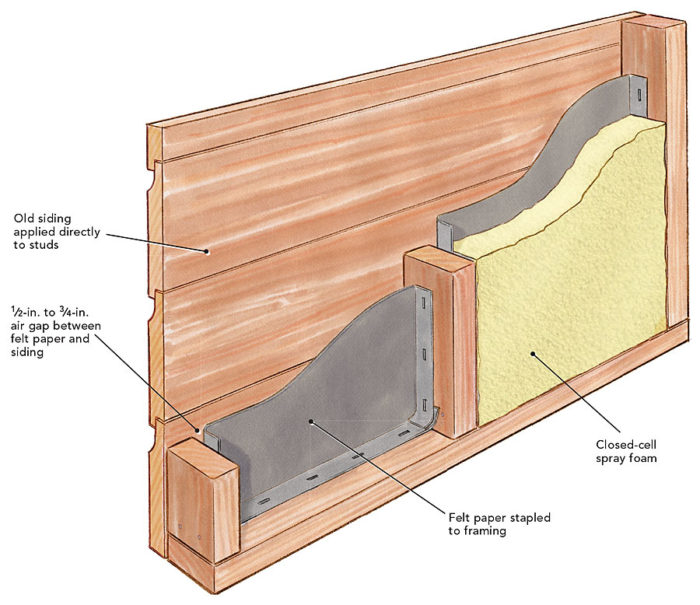

Checking building records
When trying to determine if there is no insulation in your walls, checking building records can provide valuable information about your home’s construction and insulation history.
Contacting the building department
Start by contacting your local building department or municipal office. Inquire about any available records pertaining to your home’s insulation. They may have information on the type and amount of insulation installed during the construction process or any renovations that have taken place over the years.
Requesting information on insulation
When communicating with the building department, specifically request information related to insulation in walls. Ask if there are any records or documentation that outline the insulation materials used in homes similar to yours. This can give you a baseline for what to expect in terms of insulation levels.
Locating original building plans
If possible, try to locate the original building plans for your home. These plans may provide detailed information about the insulation installed during the initial construction. Reviewing the plans can give you a better understanding of whether or not insulation is present in your walls.
Seeking professional help
If all else fails or you need expert guidance, seeking professional help is always a viable option. Building inspectors, contractors, and energy auditors can provide valuable insights and recommendations regarding insulation in your walls.
Consulting a building inspector
When in doubt, consult a building inspector. Building inspectors are knowledgeable about construction practices and can provide an expert opinion on the presence or absence of insulation in your walls. They can assess the overall condition of your walls and recommend appropriate actions to improve insulation levels.
Hiring a professional contractor
If you’re considering insulating your walls or addressing any insulation deficiencies, hiring a professional contractor is a wise choice. A qualified contractor with experience in insulation installation can ensure that the insulation is properly installed and meets the necessary standards. They can also evaluate your specific insulation needs and recommend insulation materials suitable for your home’s construction.
Requesting a home energy audit
In addition to seeking professional help for insulation assessments, consider requesting a home energy audit. Energy auditors can evaluate your overall energy usage and identify areas where insulation improvement can make a significant impact. They can provide a detailed analysis of your home’s insulation needs and assist in developing an insulation plan that suits your budget and energy goals.
In conclusion, determining if there is no insulation in your walls requires a comprehensive approach. Visual inspections, thermal imaging, drilling tests, electrical outlet tests, sound tests, energy audits, wall covering removal, exterior inspections, checking building records, and seeking professional help are all methods that can help you assess the insulation situation in your home. By utilizing a combination of these techniques, you can make informed decisions about improving the insulation in your walls and enhancing the overall energy efficiency and comfort of your living space.

